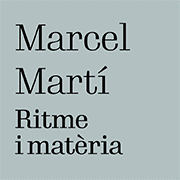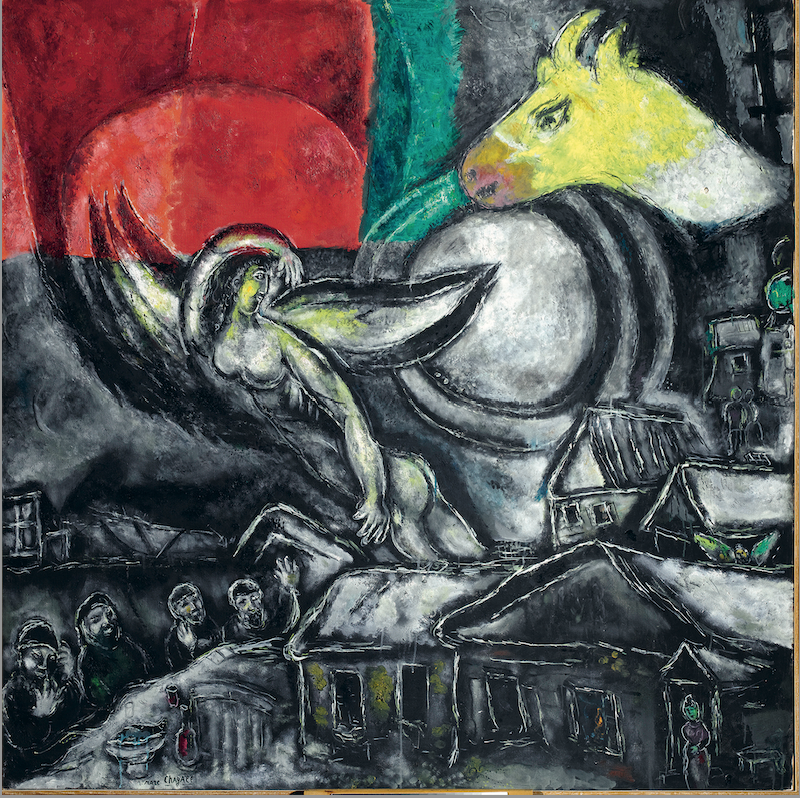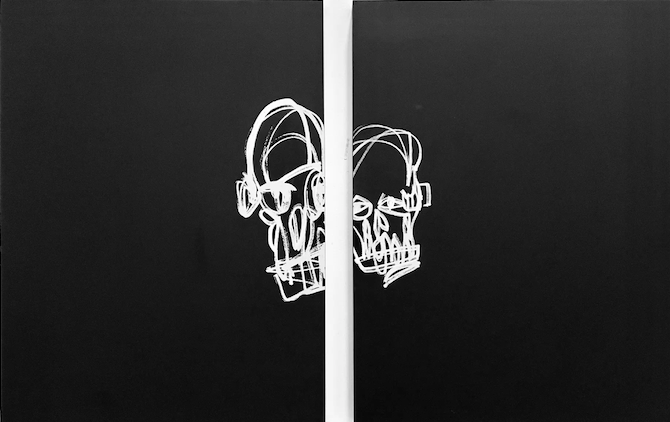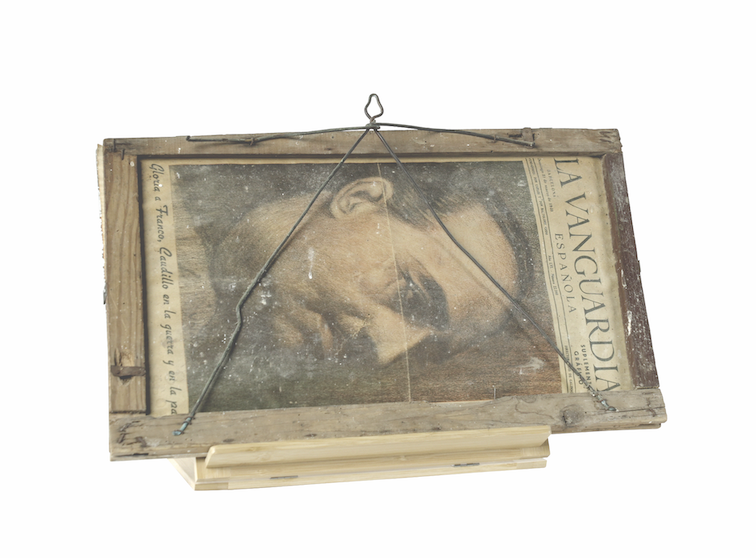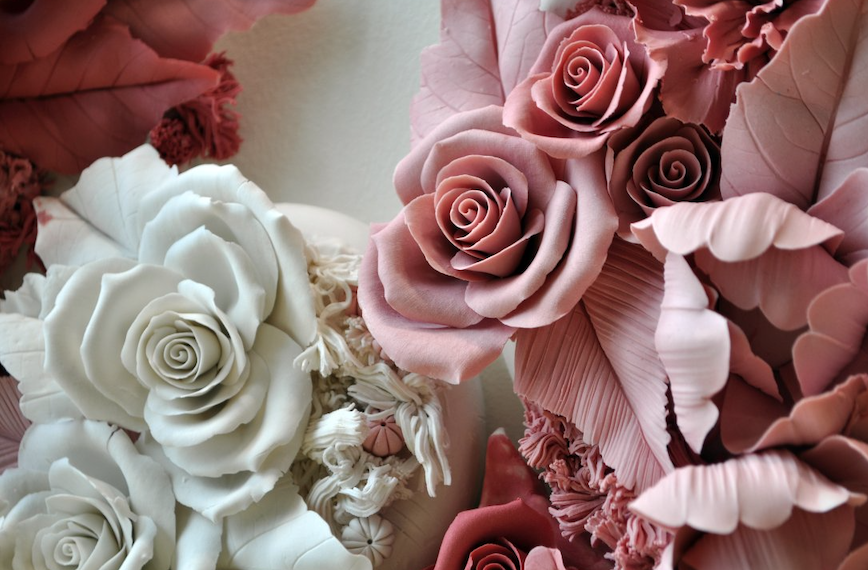Exhibitions
Vila Casas Foundation presents 'Susana Solano. Anonymous'
This exhibition at the Vila Casas Foundation is the first retrospective of the artist in Barcelona after the one organized by MACBA in 1999.
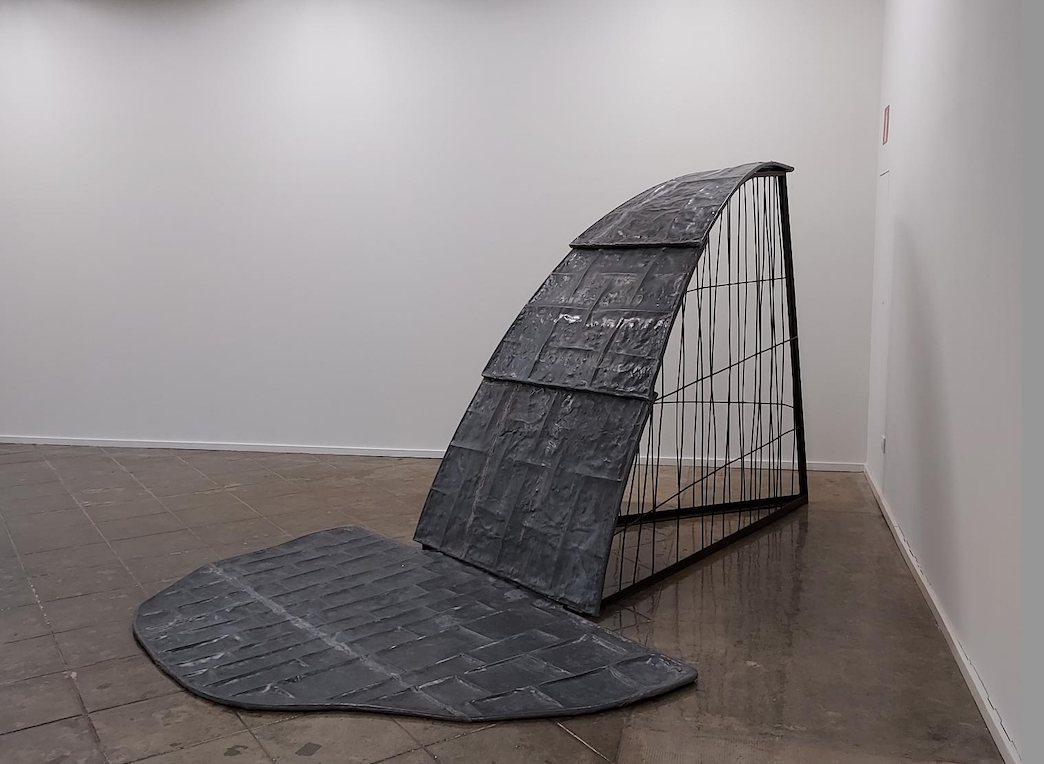
Espais Volart of the Vila Casas Foundation presents from February 2 to July 14 a retrospective exhibition of Susana Solano (Barcelona, 1946) that covers four decades of work. Susan Solano. Anonymous, curated by Enrique Juncosa, mainly presents large-format sculptures, as well as photographs and works on paper. We will be able to see well-known works, preserved in museum collections, such as the Vila Casas Foundation itself, but also others less seen or even unpublished, some recent works and others of a reduced scale.
Susana Solano (Barcelona, 1946) is one of the most prominent artists on the Spanish scene. Although he began exhibiting late, with a show at the Joan Miró Foundation in 1980, already at the end of that decade and the beginning of the nineties important international institutional exhibitions of his work took place, which enjoyed an immediate good reception. These exhibitions were individual shows – CAPC in Bordeaux in 1987, San Francisco Museum of Modern Art in 1991, or Whitechapel Art Gallery in London in 1993 – and also collective ones, among which we can highlight his participation in the São Paulo Biennial in 1987 and his presence on two occasions at documenta in Kassel (1987 and 1992) and at the Venice Biennale (1988 and 1993).
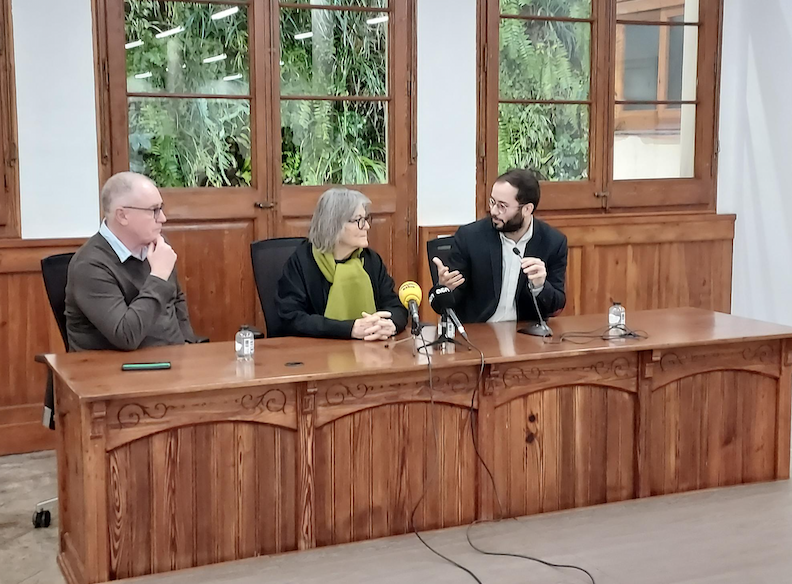
Solano belongs to a brilliant generation of Spanish sculptors who gained great international exposure, such as Juan Muñoz, Cristina Iglesias or Jaume Plensa. His language, however, is quite different from these sculptors. In a way, it continues the Spanish tradition that goes from Picasso and González to Chillida and Oteiza, aware also of the findings of Anthony Caro and David Smith, or of the minimalist and post-minimalist sculptors, especially the latter, with Richard Serra, Robert Morris and Bruce Nauman at the head, for the emphasis on semantic issues and the freedom in the use of materials.

Solano, who started by painting and who in his early days also worked with wood, soon concentrated on the use of metals, although he will also occasionally use video, sound recordings, wax, plastics or wicker. His mature works are characterized by geometric simplicity and a solid and resounding appearance: the constant references to architecture and landscape, and the memory of these experiences, which can suggest closed spaces, open cages or thermal stations; and an ability to find spiritual, emotional or lyrical resonances from forms and materials.
As Enrique Juncosa writes, "Susana Solano's works are characterized by a geometric simplicity and a solid and heavy appearance, in which she usually uses iron, steel and metal meshes. Even the pieces that we can defined as more abstract they sometimes evoke landscapes and architectures, based on the memory of personal experiences and emotions Solano's sculptures may not suggest anything concrete, although sometimes they recall aspects of industrial architecture, raindrops or lattices, for example. There is nothing to represent human beings, although their presence is implicit, as is evident from the scale itself. Solano rejects the formalism of minimalism and its ideals of purity, although he has learned from , in search of a willful complexity and ambiguity.His works explore different positive, negative or ambivalent issues, including loneliness, silence, anguish, trauma, confinement, balance and symmetry, rest or play, and moves from denunciation to irony."




